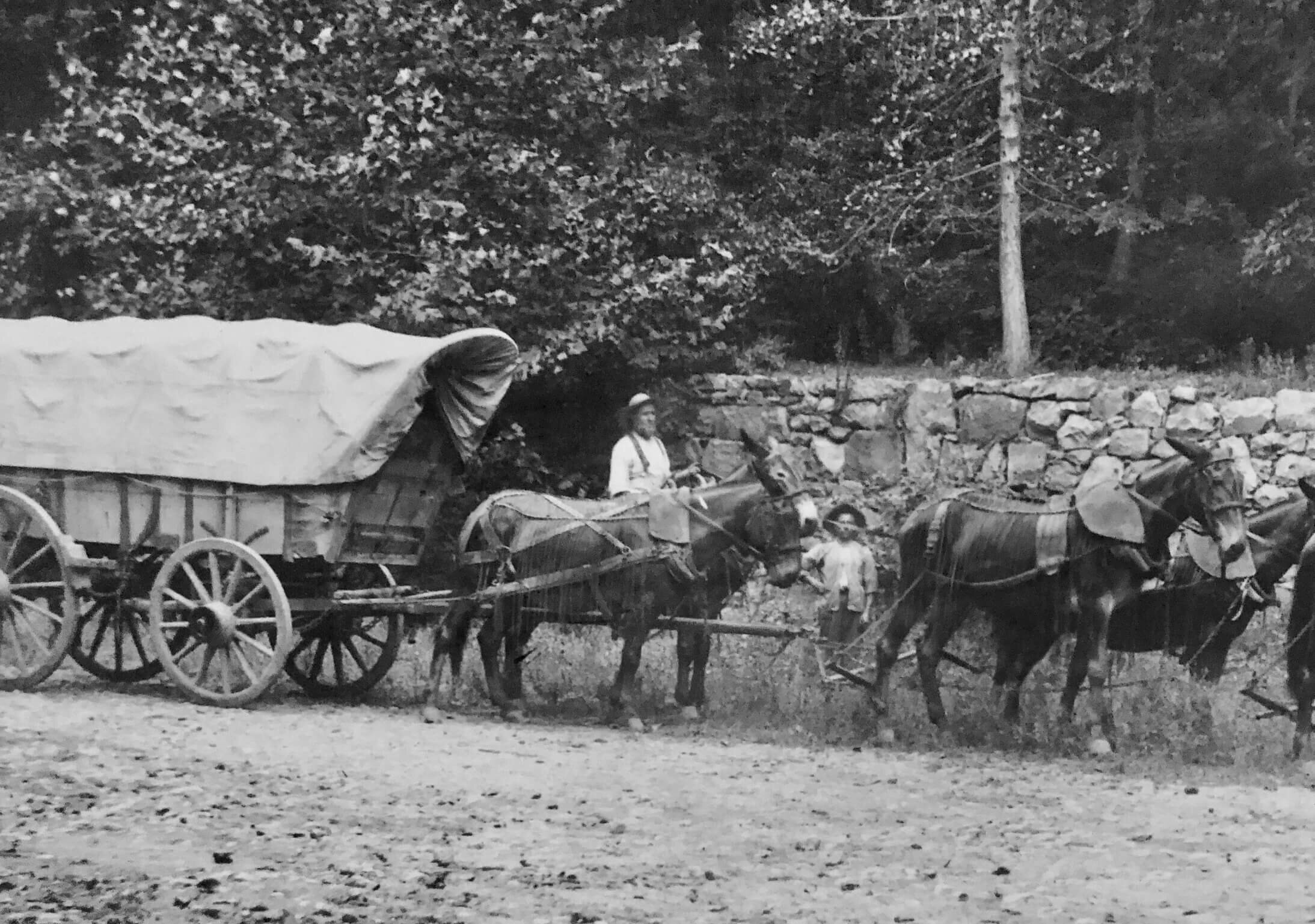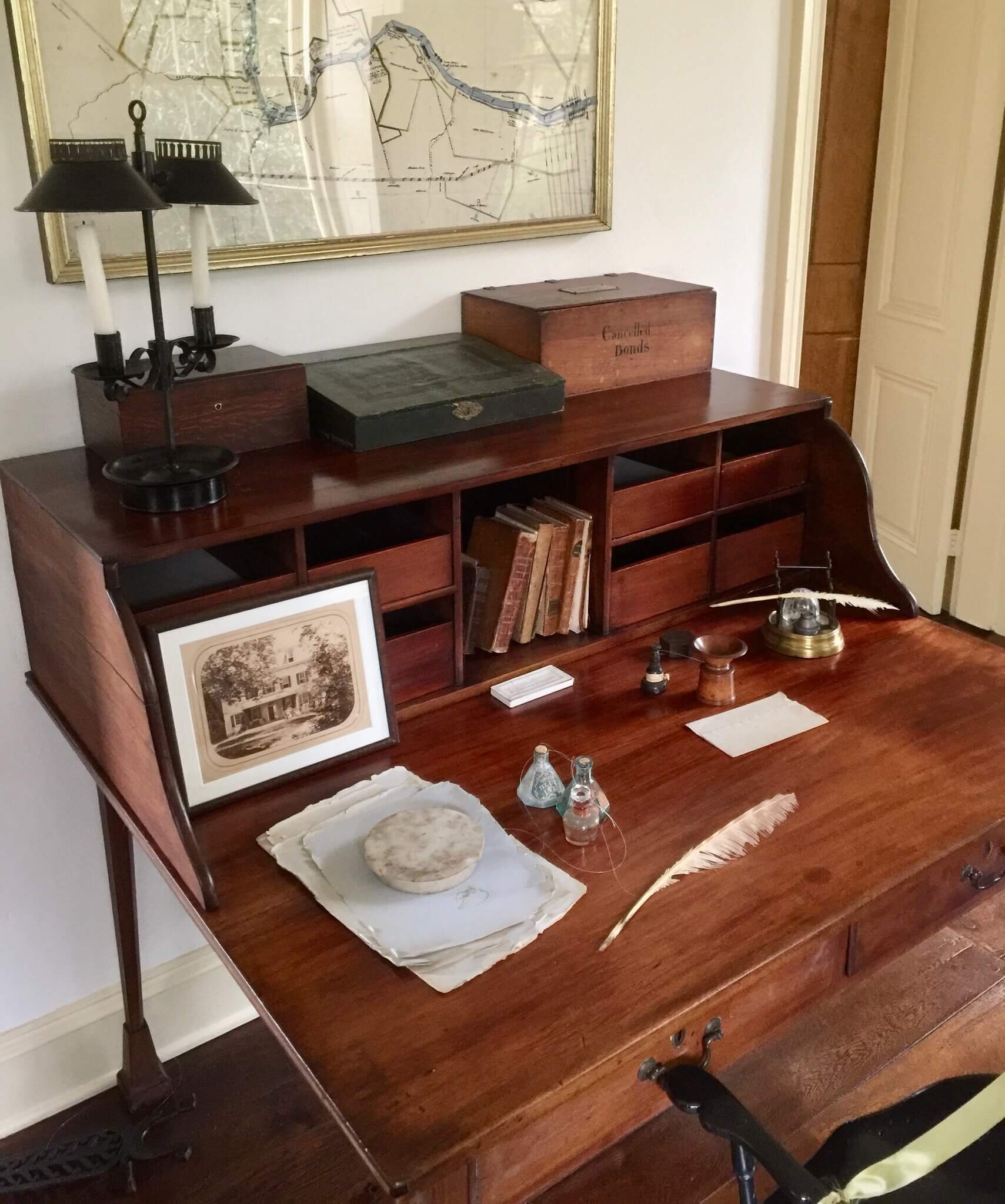Holmes In America: The Éleuthèrian Mills
“And this,” said my guide, “is where the serious business of the Éleuthèrian Mills starts.”
The blockhouses in which DuPont gunpowder was fashioned were curiously constructed. They possessed no smokestacks or windows and were connected by a narrow-gauge train track (wooden, my guide told me, to avoid sparks!) upon which the quarry tubs full of charcoal, saltpetre and sulphur were moved from one mill to the next. And within their grim walls a mixture of those three elements was pressed and grained and glazed and corned into high-quality DuPont gunpowder.
As it was Sunday, the turbines were shut off and all was silent but for the chatter of swallows darting above the rushing waters of the creek. But come Monday morning, my guide assured me, the turbines would engage, and the machinery would begin to whir and grind in a most ominous commotion.
“Here,” he said, “I’ll show you the inside of a roll mill! Come on!”
— One Must Tell the Bees
The mills where the DuPont Company manufactured gunpowder for the armies of Abraham Lincoln were situated along the western banks of the Brandywine Creek just outside Wilmington, Delaware, and although the gunpowder operations were shut down in 1921, remnants of the original buildings can be visited today on the site as part of the Hagley Museum. hagley.org/
The Hagley—not far off major highways and just south of the artistic colony of Bucks County, Pennsylvania—is well worth a detour whether your interest lies in learning how gunpowder was made, visiting the elegant old DuPont home overlooking the mills or just spending time outdoors walking among the trees and granite outcrops of the valley and watching swallows chasing insects over the rushing waters of the Brandywine.
For the less mobile, a shuttle bus takes visitors from the visitors center, where informative displays provide a history of the region and the development of the DuPont gunpowder works, and along the way, docents demonstrate everything from how the water turbines powered the large leather bands in the old repair shop to how “black powder” was made by giant steel rollers that ground the raw materials into tiny flakes of gunpowder in the appropriately named “roll mill.”
A small cafe on the grounds serves refreshing soups and sandwiches.
Just watch out for the chief powder-man!
His name—Denny Boyle—possessed the ring of a prizefighter, and he looked the part as well. Standing almost six feet and weighing no less than thirteen stone, with a square, thick head set upon broad shoulders, his form filled the slender passageways of the granite blockhouses as he watched his men work, his narrow eyes hidden beneath a slouch hat.
With his arms folded and his fists bunched thick as sledgehammers, Boyle often appeared rather too willing to use those fists to get what he wanted from the men.
And for reasons I could only speculate upon, Watson, he hated me from the moment I appeared at the sweepings house that Monday morning with General Henry’s card in my hand…
— One Must Tell the Bees
(Archival photos and prints / public domain, all other photos by the author.)












